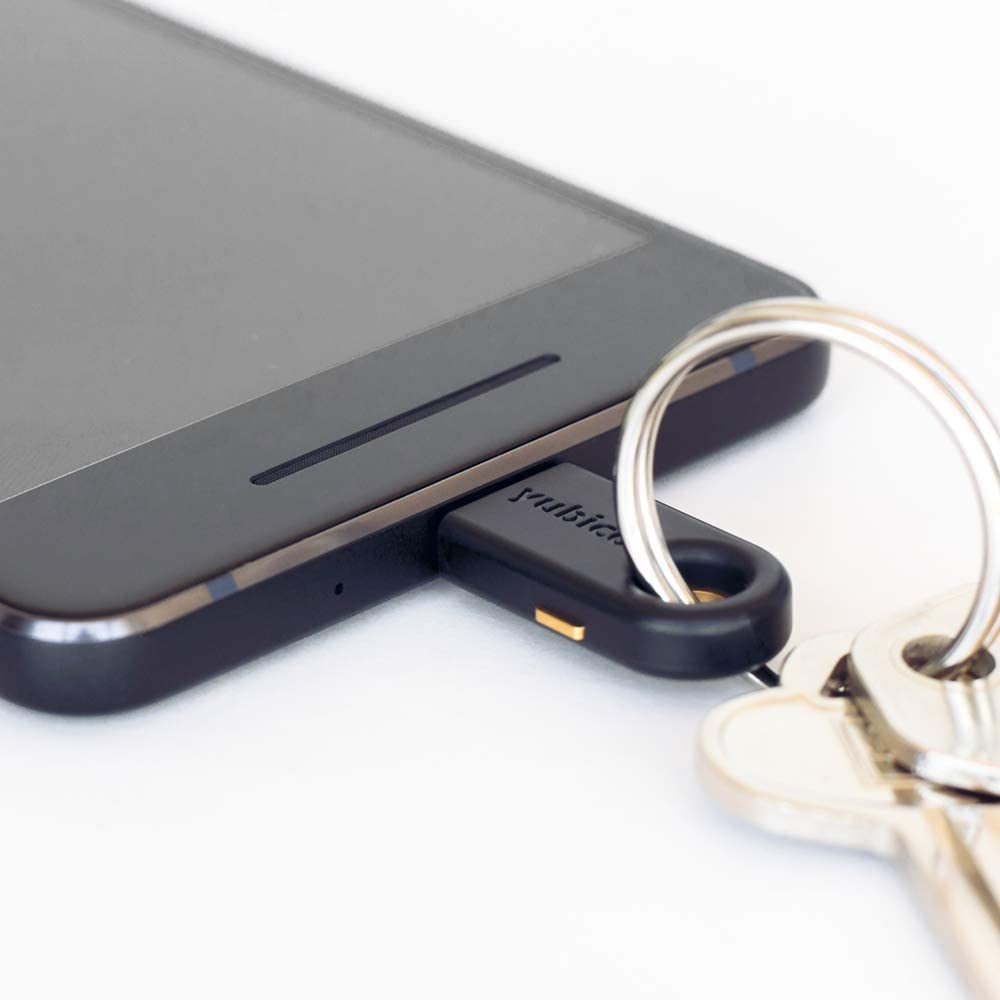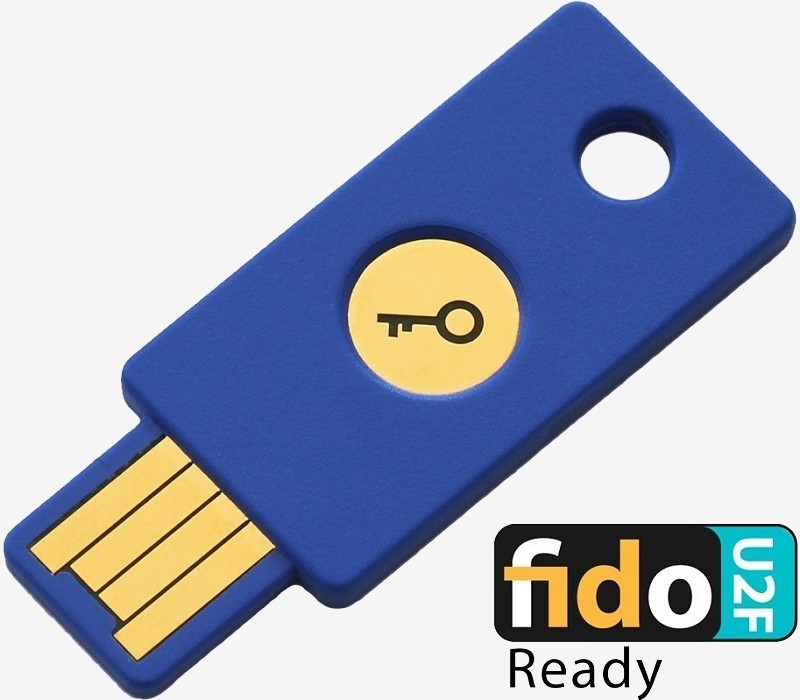

Security experts told Verdict that Google sending out security keys was a welcome move. “So now you have a way to id the person, authenticate them and if things go wrong, revoke the access for that individual.” “They do not just give out a dynamic code like Google Authenticator would do, but rather they are tying the certificate on the device to the person they are issuing it to,” explained Tom Van de Wiele, principal security consultant at F-Secure. The devices contain cryptographic keys that communicate with a browser and domain during the login process. It sells its own security key called Titan which is currently out of stock in Google’s online store. Google has been sending the security keys to high-risk users throughout 2021 with partner organisations. Google security keys a welcome line of defence Google parent Alphabet ranks third out of 44 companies for application software in a recent cybersecurity thematic scorecard from GlobalData, behind Amazon and Microsoft. Google’s TAG also advised targeted users to open Word documents in Google Docs or PDFs on Chrome. APP is available to all users but is “specifically designed for individuals and organisations at higher risk of targeted online attacks”. Google is also encouraging high-risk users to sign up to its Advanced Protection Program (APP), which Google says provides an extra level of security thanks to security keys, detection of unauthorised access to personal account data and personal account data protection. During a recent Chatham House event she said cybercriminals based in Russia were behind most of the “devastating” ransomware attacks against the UK. The chief of the UK’s National Cyber Security Centre (NCSC) reiterated the threat posed by Russia. You also have the option to edit each security key’s name or to delete it.The phishing campaign follows a spate of Russia-linked cyberattacks this year, including the SolarWinds hack and ransomware attacks against Colonial Pipeline and meat processor JBS. The key’s name defaults to “Security Key” unless you choose a custom name. You’ll also find more info such as the key's name, the date it was added, and the date it was last used.

There, you’ll find a list of the keys you’ve added, from the most recent to the oldest. You can manage your security keys under your 2-Step Verification settings. Tip: You can use your key each time you sign in or skip using it on devices you trust. This type of key turns off after each use. If your key has none of these features, you may need to remove and reinsert it.If your key has a gold tip, tap and then press it.If you see a message from "Google Play services," select OK.Connect your key to the USB port in your computer.Your device will detect that your account has a security key. On your computer, open a compatible browser like Chrome, Firefox, Edge, or Opera.


 0 kommentar(er)
0 kommentar(er)
